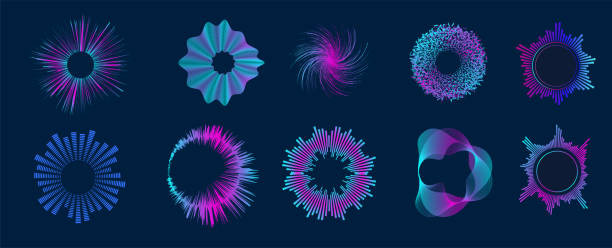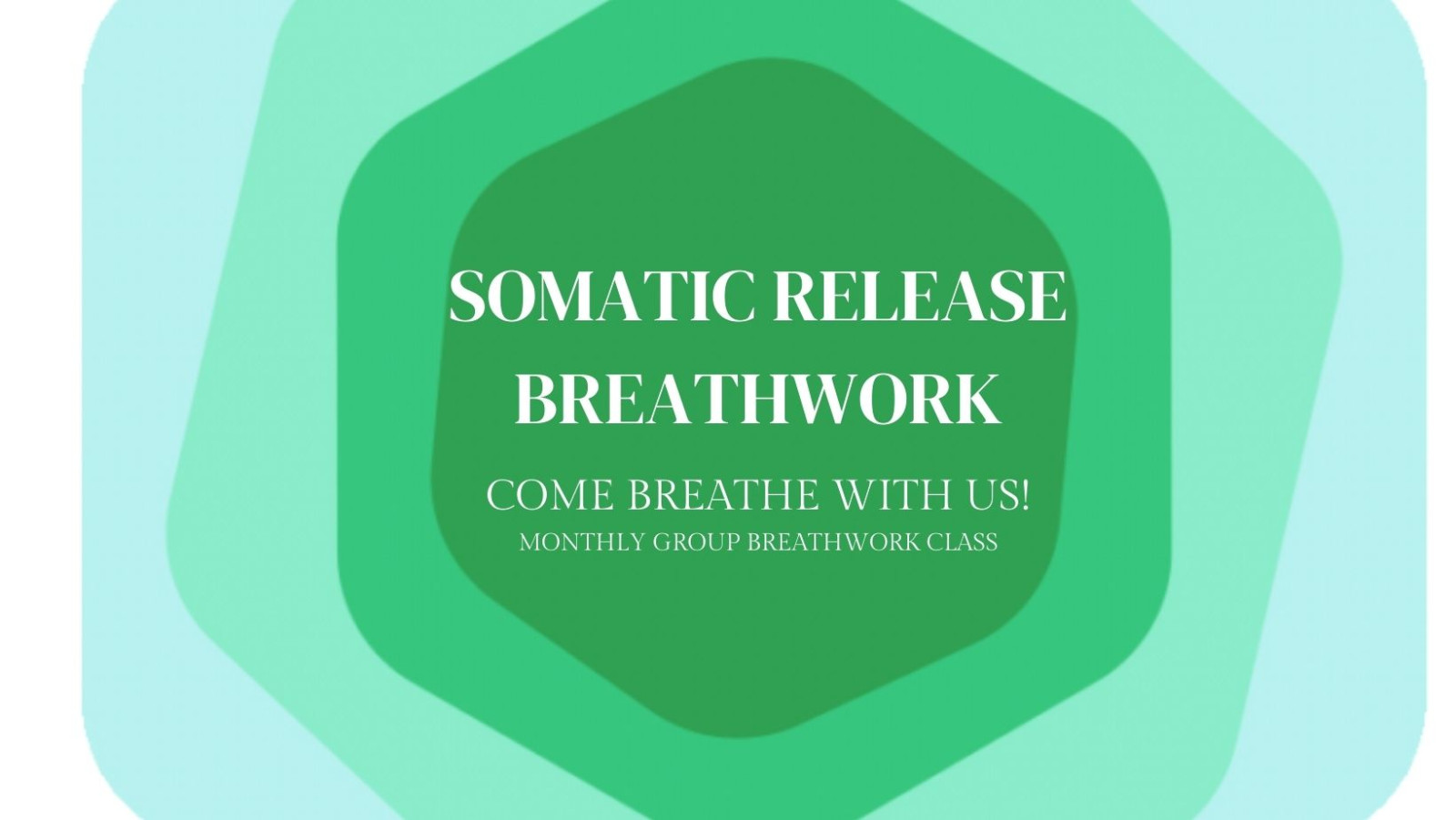
Holotropic-style breathwork techniques, developed by Dr. Stanislav Grof and his wife Christina Grof, are a form of therapeutic breathwork designed to induce altered states of consciousness and facilitate deep psychological and spiritual exploration. These techniques involve specific breathing patterns and music to create physiological effects on the body and the nervous system. Here's an overview of how holotropic-style breathwork techniques work and their impact on the body and nervous system:
1. Deep, Rapid Breathing Patterns:
- Holotropic breathwork typically involves a specific pattern of deep, rapid, and rhythmic breathing. Participants are encouraged to breathe deeply into their diaphragms, with an emphasis on the inhale and exhale being connected without pauses.
2. Hyperventilation and Increased Oxygen Intake:
- The rapid breathing induces a state of controlled hyperventilation. This results in an increased intake of oxygen and a decreased level of carbon dioxide in the bloodstream. This alteration in blood gases can lead to various physiological and psychological effects.
3. Altered Blood pH and Blood Flow:
- Hyperventilation leads to a condition called respiratory alkalosis, where blood pH rises due to reduced carbon dioxide levels. This can affect blood flow, leading to sensations of tingling, numbness, or altered perceptions in the extremities.
4. Activation of the Sympathetic Nervous System:
- The rapid breathing pattern activates the sympathetic nervous system, often referred to as the "fight or flight" response. This can lead to increased heart rate, blood pressure, and heightened alertness.
5. Emotional and Psychological Release:
- Holotropic breathwork is known for its potential to evoke intense emotional and psychological experiences. Some participants report accessing repressed memories or experiencing a range of emotions, from euphoria to deep sadness.
6. Enhanced Self-Exploration and Insight:
- Many participants use holotropic breathwork as a tool for self-exploration and personal growth. The altered state of consciousness can provide insights into one's life, patterns, and challenges.
7. Integration and Catharsis:
- The process often includes a cathartic release of emotions and tensions. Participants may scream, cry, laugh, or experience other forms of emotional expression.
8. Potential for Spiritual Experiences:
- Some individuals report experiencing spiritual or mystical states of consciousness during holotropic breathwork sessions. These experiences can be profound and transformative.
9. Return to Baseline:
- After the breathwork session, participants engage in a grounding process to return to their baseline state of consciousness. This often includes relaxation techniques, bodywork, or supportive group sharing.
It's important to note that holotropic-style breathwork is typically conducted in a controlled and supportive environment, often with trained facilitators who provide guidance and ensure the safety and well-being of participants. While many people find holotropic breathwork to be a powerful tool for self-discovery and healing, it may not be suitable for everyone, especially those with certain medical or psychological conditions.
In summary, holotropic-style breathwork techniques create physiological effects on the body and nervous system through controlled hyperventilation, altered blood gases, and sympathetic nervous system activation. These physiological changes can lead to profound emotional and psychological experiences, making holotropic breathwork a unique and often transformative practice for those seeking deep self-exploration and personal growth.














